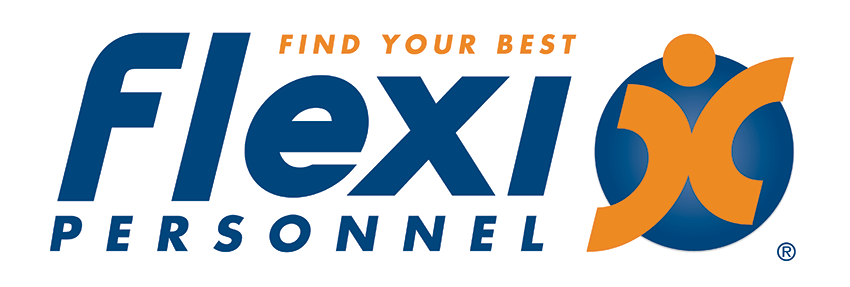
How To Avoid Bad Hiring Decisions
Hiring the right talent is absolutely essential for the success of any organisation. A poor hiring decision can be costly, not just in terms of finances but also in terms of team culture and overall productivity. According to Karen Leal, a leading voice on recruitment, “A bad hire can set a company back months and cost tens of thousands of dollars.” So how do you ensure that you’re putting the right processes in place to avoid bad hiring decisions?
The Importance of a Clear Job Definition
One of the first steps in avoiding bad hires is to ensure that the job role is clearly defined. A well-constructed job description not only attracts the right candidates, but also sets the expectations for what success looks like in the role. As highlighted by HR Zone, “A poorly defined role can lead to mismatches in expectations, causing frustration for both the employee and employer.” It’s essential to work closely with the team to outline the skills, experience, and cultural fit necessary for the position.
Thorough Candidate Assessment
Another critical factor in avoiding bad hires is conducting thorough assessments during the interview process. This includes not just evaluating the candidate’s technical skills but also their soft skills, which are often more indicative of long-term success in the role. The Forbes article on executive mis-hires emphasises that “Many companies make the mistake of focusing too heavily on technical skills while neglecting the importance of leadership and cultural fit.”
A multi-step interview process that includes behavioral interviews, technical assessments, and cultural fit evaluations can provide a more comprehensive view of the candidate. Leal also suggests incorporating practical tasks into the hiring process. She notes, “Seeing how a candidate performs in a real-world scenario can give valuable insights into their potential for success in the role.”
Aligning with Company Culture
One of the most overlooked aspects of hiring is ensuring that the candidate aligns with the company culture. A candidate who does not resonate with the company’s values and work environment may struggle to integrate, leading to poor performance and disengagement. As stated in Forbes, “A bad hire is not limited to an employee who simply underperforms; it encompasses individuals who fail to align with the company culture.”
To prevent this, it’s important to communicate the company’s values and culture clearly during the hiring process. Consider including a culture-fit assessment or asking questions that reveal the candidate’s preferences for work environments and team dynamics. A bad cultural fit can lead to a toxic work environment, affecting not just the individual but the entire team.
The Cost of a Bad Hire
The financial implications of a bad hire are significant. The real cost includes not only the salary and benefits of the employee but also the resources spent on training, onboarding, and potentially replacing the candidate. According to Forbes, the cost of an executive mis-hire can be as high as 15 times the base salary. Additionally, the impact on team morale and productivity can be substantial, with HR Zone noting that “Bad hires can lower the productivity of the entire team, leading to missed deadlines and goals.”
Avoiding bad hiring decisions requires a strategic approach that begins with clearly defining the job role, conducting thorough assessments, and ensuring cultural alignment. By taking these steps, companies can reduce the risk of hiring mistakes and build a stronger, more cohesive team. As Karen Leal advises, “The right hire can propel a company forward, but the wrong one can cause significant setbacks.” Taking the time to invest in a robust hiring process is an investment in the future success of the organisation.





